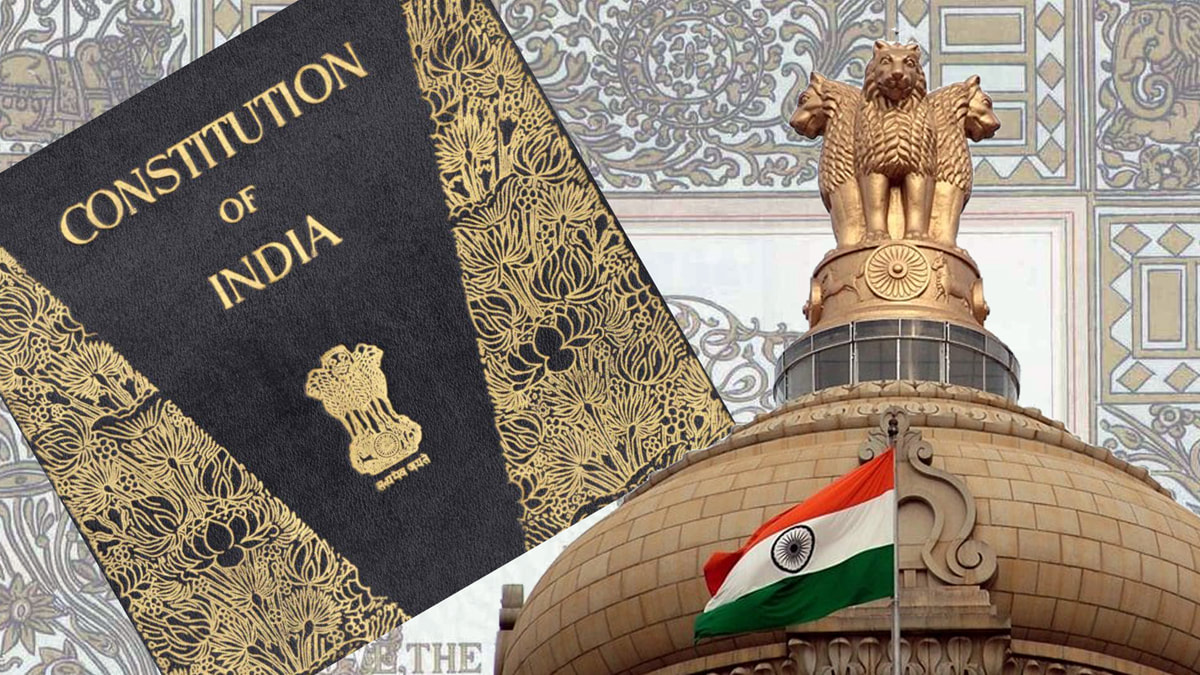|
Temperament & Selfless Service
Temperament has two dimensions – Passive and Aggressive. Passive temperament is based on apathy and aggressive temperament is based on selfishness. Passivity makes one want to escape from one’s duties and become unproductive. Shri Krishna ridicules such an individual as a hypocrite because his passivity is not born of wisdom and absence of desire, but ignorance and fear of failure. This only leads one to live as a burden to society. Aggressiveness based on selfishness may make one successful, but not without the manifestation of arrogance and pride. Hinduism preaches serving both God and humanity. Selfless service or Seva is serving or working without selfish expectation. Selfless service is the antidote to be free of both these temperaments. Service means to perform one’s duties as an offering to the God. According to Sri Sri Ravi Shankar, the joy of giving is far more exhilarating than the joy of getting Shri Krishna explained the glory of performing duties & selfless actions to Arjuna in Shrimad Bhagavad Gita as under: 1. One should perform the allotted duty as action is superior to inaction. Desisting from action, one cannot even maintain the human body (3.8). 2. It is better to perform one’s own duty, though devoid of merit, than the duty of another well discharged. Even death in the performance of one’s own duty brings blessedness; another’s duty is fraught with fear (3.35). It is not advisable to abandon a prescribed duty. Such abandonment out of ignorance has been declared as Tamasika (18.7). 3. In the path of selfless action there is no loss of effort, nor is there fear of contrary result, even a little practice of this discipline saves one from the terrible fear of birth and death. Selfless actions bring purification of heart which in turn leads to fearlessness (2.40). 4. One should perform his duties efficiently at all times without attachment. Doing work without attachment man attains the Supreme (3.19). 5. One, who think of Me (Brahman/Shree Krishna) at all times and fight with mind and reason thus set on Me (Brahman/Shree Krishna), he will doubtless come to Me (Brahman/Shree Krishna) (8.7). Hence, there are four basic principles of work: 1. The work is more important than your opinion about it. 2. Attempt to make your work useful to everyone (that may include yourself). 3. Maintain your objectivity in all your work and their results. 4. Do not hesitate to perform your duty and complete whatever you undertake.
0 Comments
Indian Constitution & Hinduism
We are very much proud for the Indian Constitution and celebrating the Republic Day, but we never look through the Hindu Elements in Indian Constitution. Each part of the Constitution begins with the artistic picturization that traces our 5000-year-old history. The glorious history of the great India has been registered in the constitution of biggest democracy and oldest civilization of the world. Not only that it is an affidavit on Hinduism. The original Indian Constitution, a hand-written document is essentially illustrating rich religious & cultural heritage of Hinduism. Important Parts of the constitution incorporated the photographs of Hindu deities such as Shri Rama, Shri Laxman, Ma Sita, Shri Krishna, Shri Shiva etc and historically important persons & monument works. The various photographs on the parts of the constitution are carefully selected and drawn on the original constitution signed by the members of Constituent Assembly on November 26, 1949. The original of the book is kept in a special helium-filled case in the Library of the Parliament of India. The calligraphy in the book was done by Prem Behari Narain Raizda. It was illuminated by Nandalal Bose and other artists, published by Dehra Dun, and photolithographed at the Survey of India Offices. Unfortunately, post first republic day, the various governments never highlighted this vision of our great makers of constitution and buried in the helium filled case and printed faulty constitutional copies disregarding very foundation of our republic. The copy of photolithographed original constitution of India is available on internet and anybody can verify the facts. The purpose of this article is to highlight vision, mission and the depictions of various arts which have been part of the original constitution approved by the makers of constitution. The details are as follows:
|
Archives
March 2024
Categories
|

 RSS Feed
RSS Feed